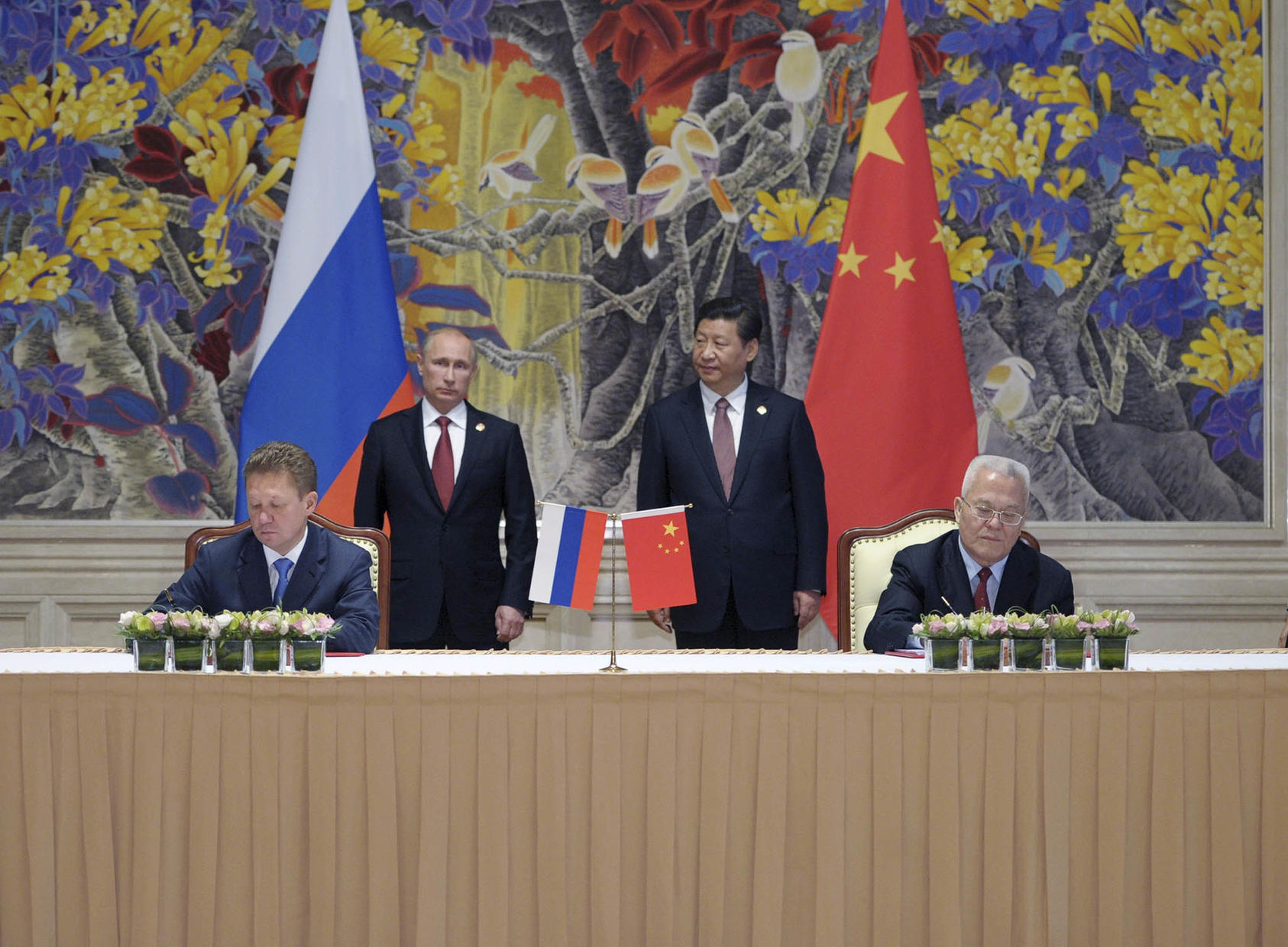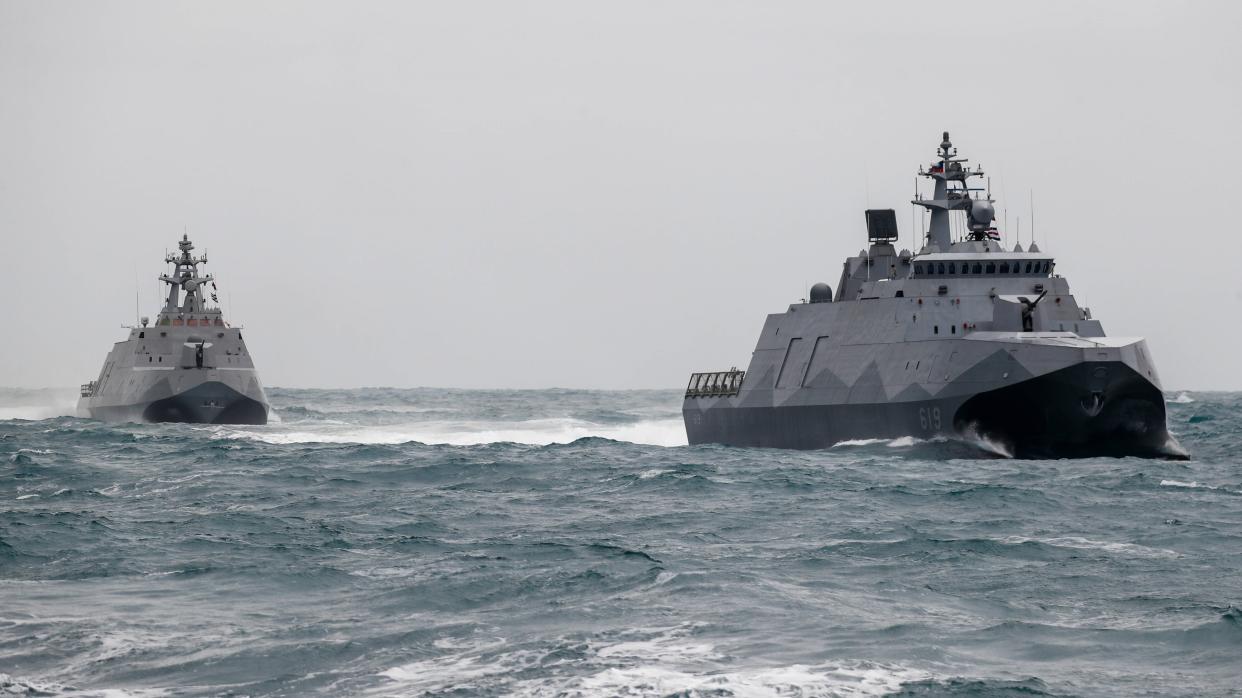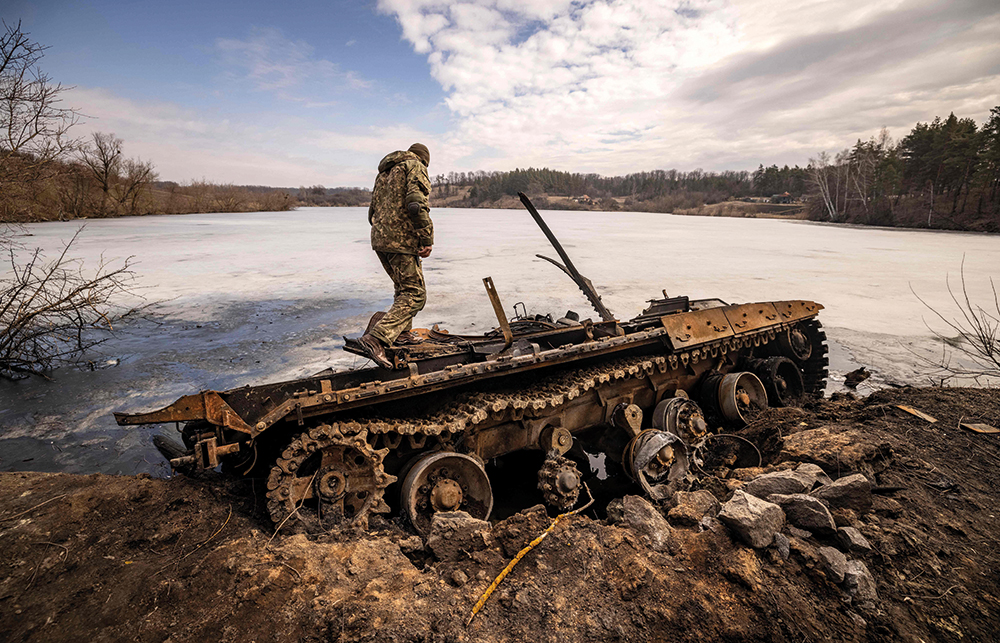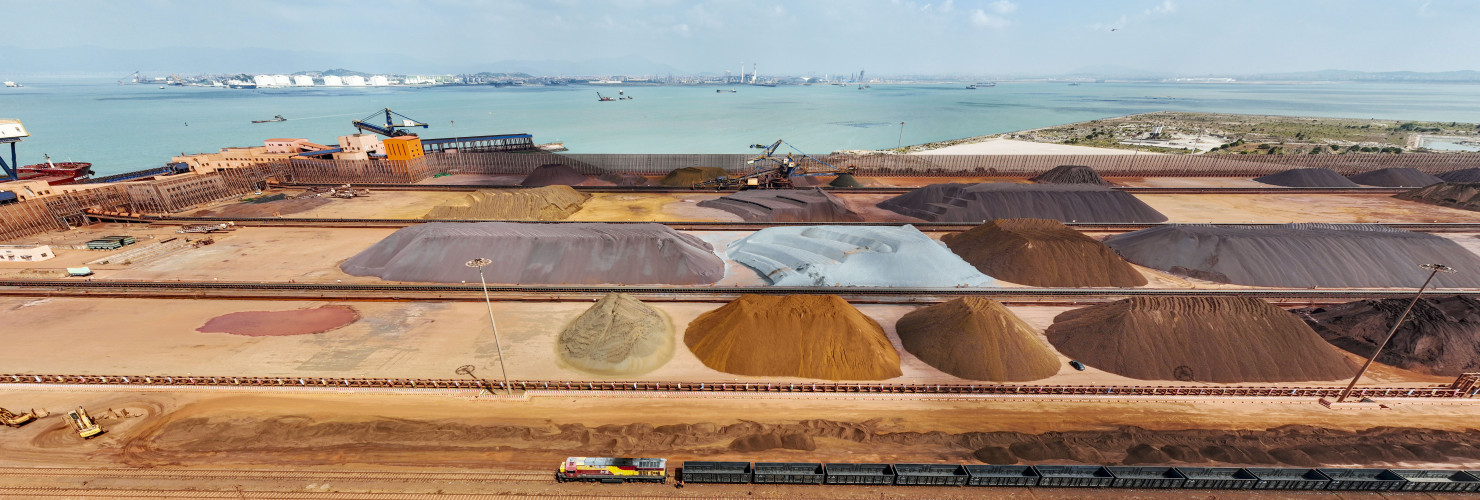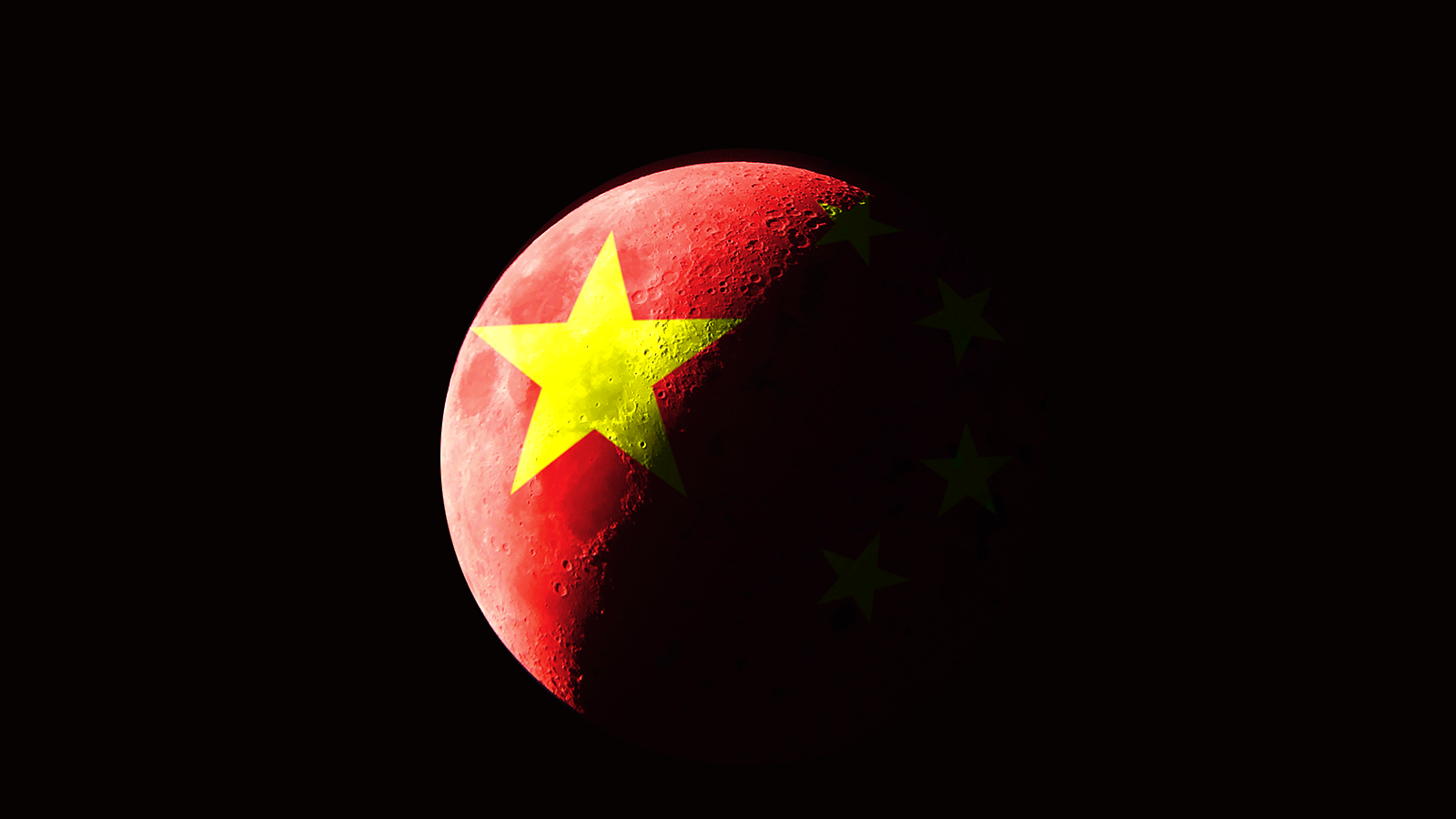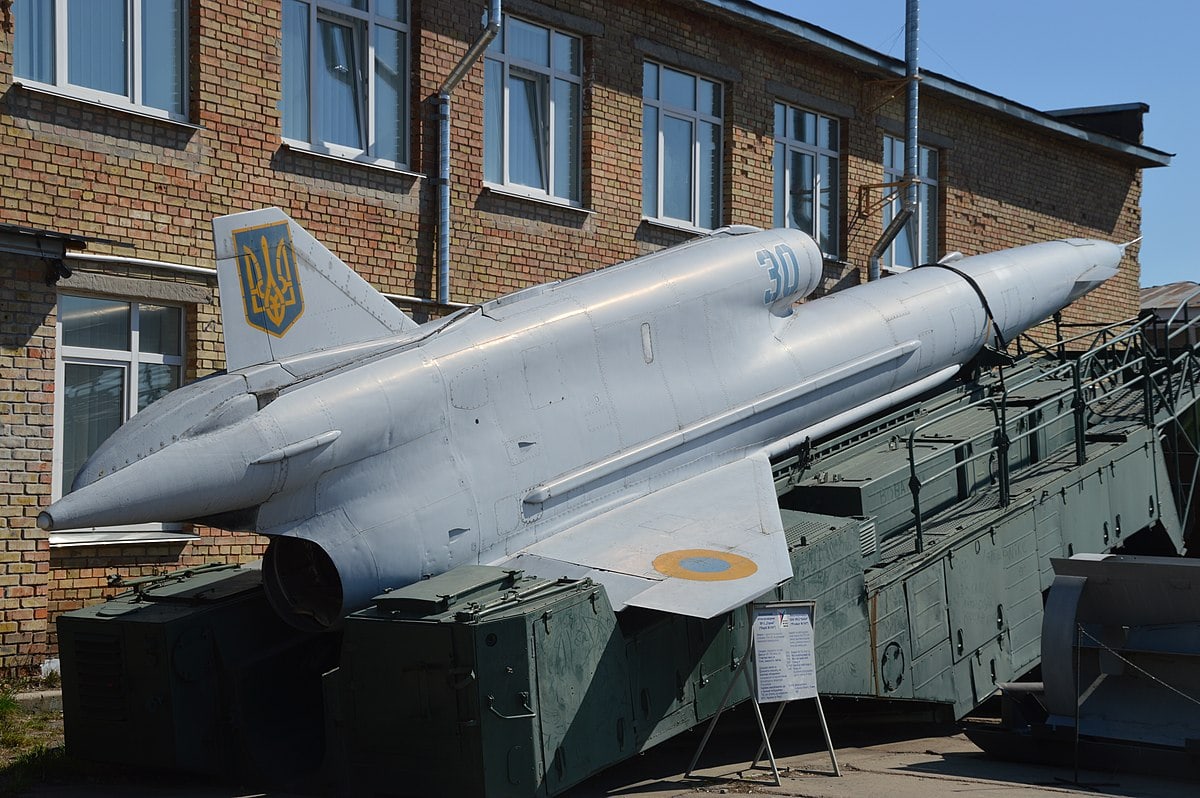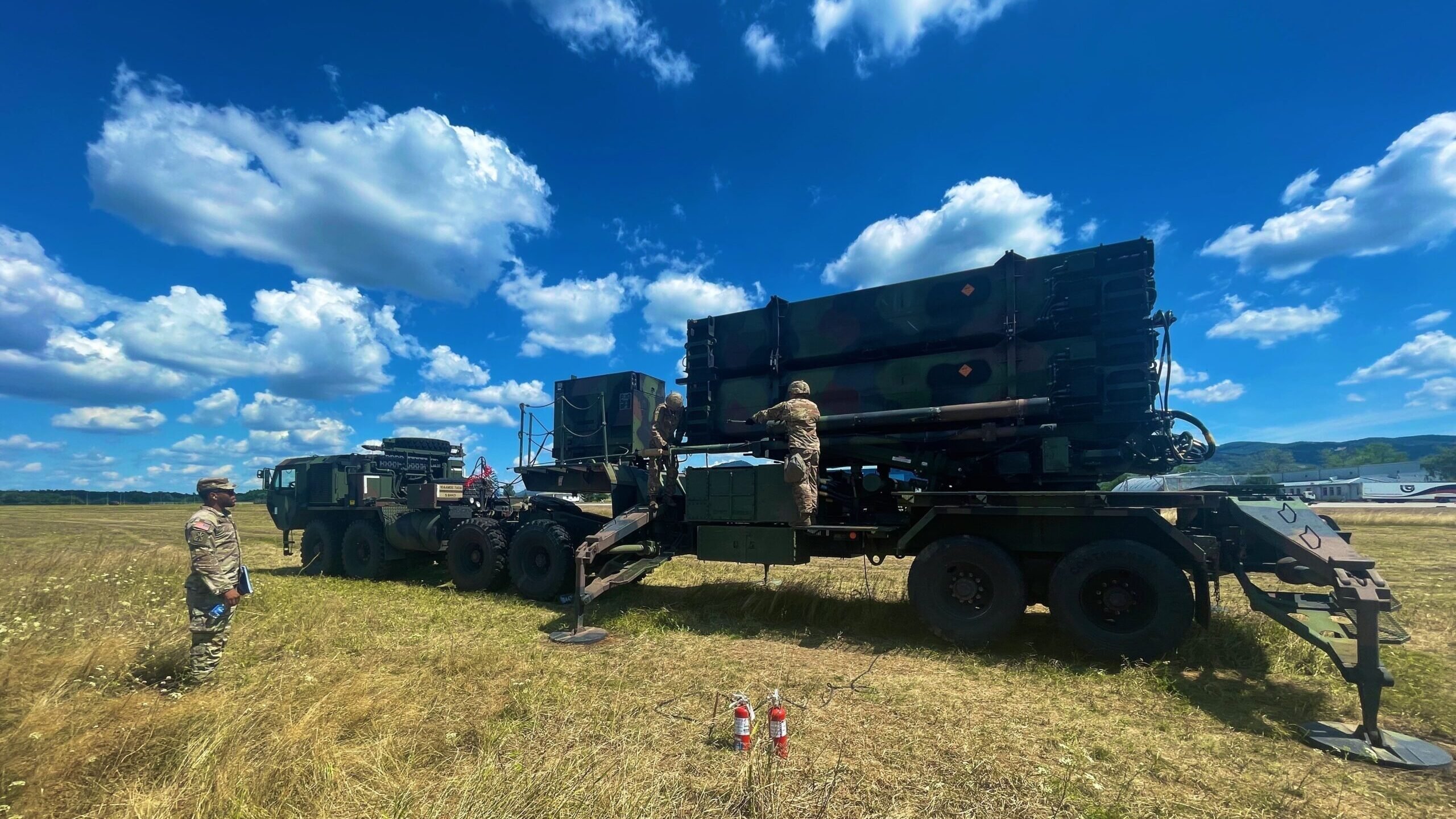Dr Antonio Giustozzi

The South Asian country has been able to secure its removal from the FATF’s grey list, but its actions have fuelled dissent among jihadist groups in Kashmir.
On 21 October, Pakistan managed to achieve a major aim: its removal from the FATF (Financial Action Task Force) grey list of countries supporting terrorist organisations, where it had been since 2018. How did it manage this? It probably helped that Pakistan cooperated with the US in deploying its drones over Afghanistan, either by allowing the US to use Pakistani airfields (which both countries deny) or at the very least by allowing the drones overflight rights. Neither the US nor the Pakistani government will admit to this, but there are not many alternative options. This would demonstrate some commitment to combating Al-Qa’ida, and it enabled the 31 July strike that killed the organisation’s leader, Ayman al-Zawahiri. This type of cooperation would earn Pakistan at least a fair amount of goodwill from the FATF, where the US is highly influential.


